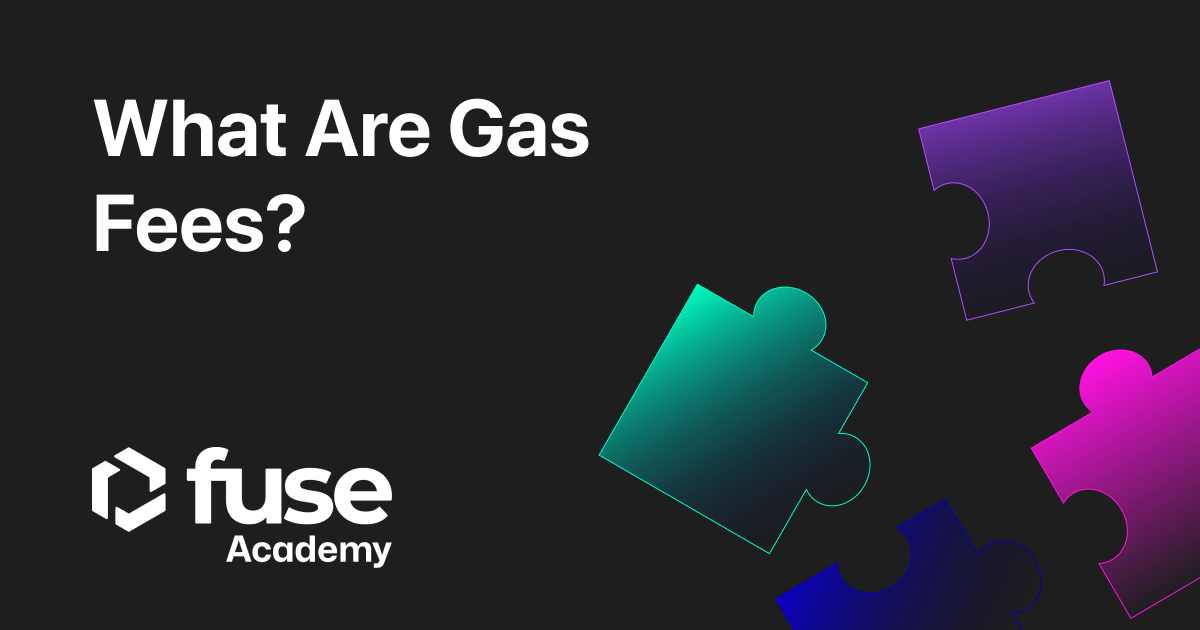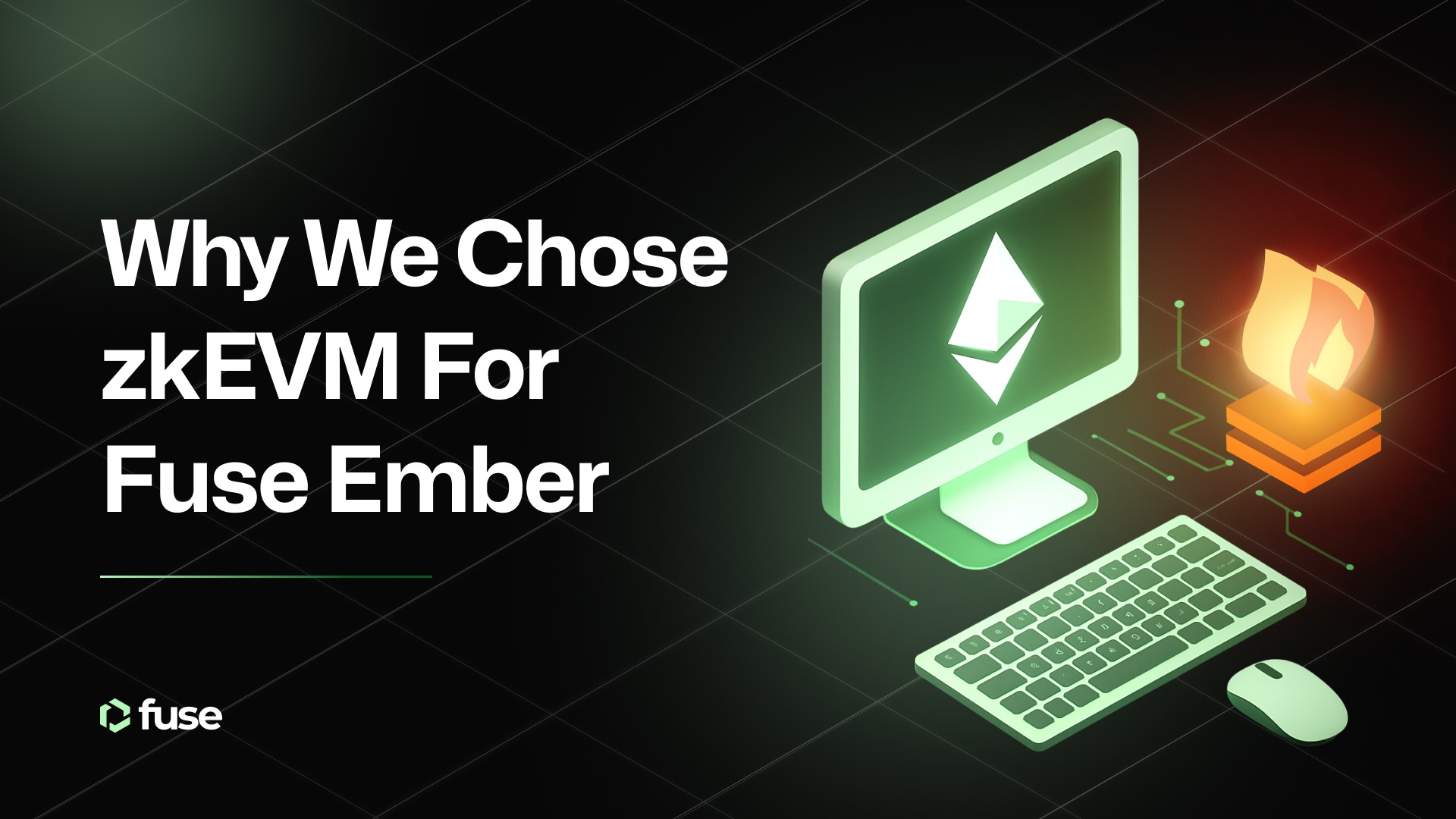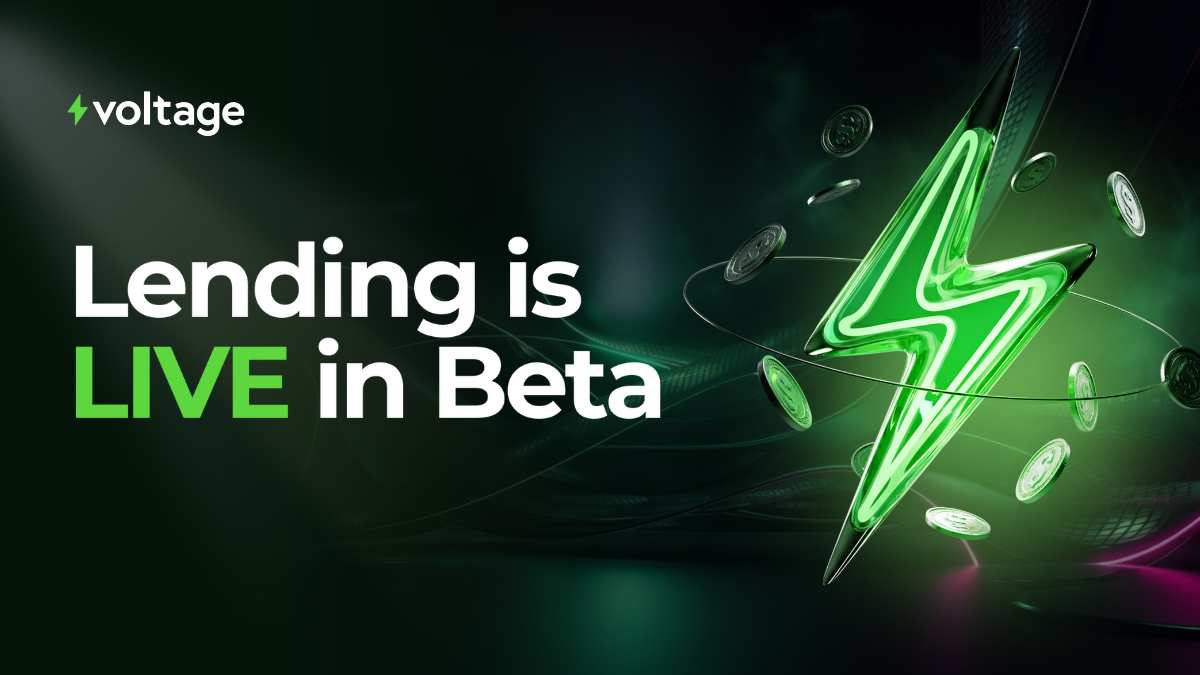Gas fees are a pricing value required to execute a transaction on the Ethereum blockchain. Other blockchains also have fees that users pay for transactions to be completed.
Gas fees are a tiny fraction of the payment you are trying to complete. Still, sometimes when the network is congested, Ethereum miners raise the fees to ensure users can complete Ethereum transactions.
Let’s use a real-life example to analyze how gas fees work. Mandy is a woman trying to travel from Texas to California using her gas-powered vehicle; she will have to fill her car with gas. The way gas works in vehicles are similar to the way gas fees on the Ethereum Network. A user must pay gas fees (also known as Gwei) for the Ethereum network to move tokens from his wallet to another wallet.
You must be asking yourself that since blockchain is decentralized and there are no central authorities, unlike banks, why do you need to pay gas fees? Gas fees compensate for the computing energy required to process transactions.
A gas limit refers to the maximum amount of gas a user is willing to spend to complete a transaction. If a user pays a small gas fee, miners can take time to process his transaction or might ignore the transaction, which leads to a failed transaction.
Ethereum gas fees
The popularity of Ethereum and the range of dapps in the DeFi and NFT categories, for example, developed their ecosystems on the ERC-20 token standard. The surge in a transaction led to high fees, one of the significant problems Ethereum has been battling in the past year.
The good news is that with the Ethereum Virtual Machine (EVM), developers can create their chains inside the Ethereum ecosystem.
EVM allows developers to continue working on robust solutions on the Ethereum blockchain. Binance Smart Chain (BSC) and Avalanche are examples of networks allowing users to complete Ethereum-tokens transactions while enjoying low fees.
Ethereum developers are working on transitioning into Ethereum 2.0, also moving from PoW to PoS consensus mechanism. In this new model, miners will no longer exert computational power, but the Ethereum 2.0 PoS mechanism will rely on the number of Ethereum a validator holds.
Fuse Network gas fees are low
The Fuse Network is also developing solutions that will enable users to make cheap payments; we have built an EVM-compatible ecosystem that allows developers to build mobile-friendly applications and customize payment systems for users. One unique feature of the Fuse ecosystem is that developers can transfer apps constructed on the Fuse network to other EVM-compatible blockchains.
.svg)
.svg)











